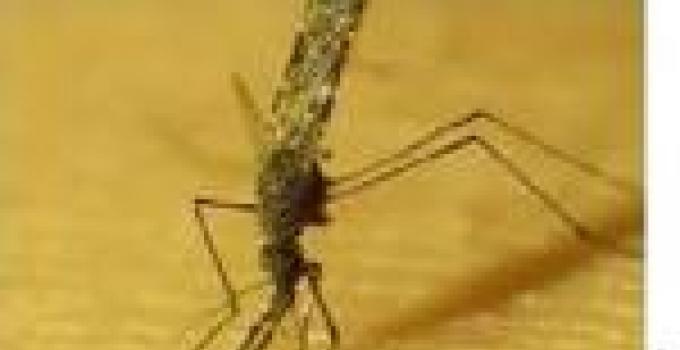Sub-Saharan African countries with the burden of malaria could benefit from Mosquirix, a malaria ‘candidate vaccine’ for the prevention of malaria in children in the next five years.
The vaccine, also known as “RTS,S” has been tried with 15,000 children at 11 research centres in seven countries with appreciable “safety, tolerance and efficacy level,” Professor Daniel Ansong, School of Medical Sciences, Department of Children, Kwame Nkrumah University of Science and Technology told the GNA.
He said this on the sidelines of a forum of “Malaria Scientist” to mark this year’s World Malaria Day at the University of Health and Allied Sciences in Ho.
Prof Ansong said the vaccine had received positive scientific opinion from the European Medicines Agency and would soon be outdoored after the World Health Organisation’s recommended reviews and follow-ups.
He said though not the “magic bullet” to malaria, the vaccine is coming on top of interventions such as the use of bed-nets and indoor residual spraying.
Prof Ansong said the public health impact of preventing millions of clinical cases make the vaccine worthy of consideration.
He said for every 1000 vaccinated children between ages five and 17, 1700 clinical cases would be prevented and for every 1000 vaccinated children of six to 12 weeks, 980 clinical cases would be prevented.
Dr Gordon Awandare, Head of Department, Biochemistry, University of Ghana, underscored the need for the populace to continue to use insecticide bed-nets and practice indoor residual spraying ahead of the introduction of the vaccine.
Professor Fred Binka, Vice Chancellor, UHAS said the forum was to assemble experts to brainstorm and know issues to be addressed.
RTS,S aims to trigger the body’s immune system to defend against the Plasmodium falciparum malaria parasite when it first enters the human host’s bloodstream and/or when the parasite infects liver cells.
It is designed to prevent the parasite from infecting, maturing and multiplying in the liver, after which time the parasite would re-enter the bloodstream and infect red blood cells, leading to disease symptoms.
Source: GNA

